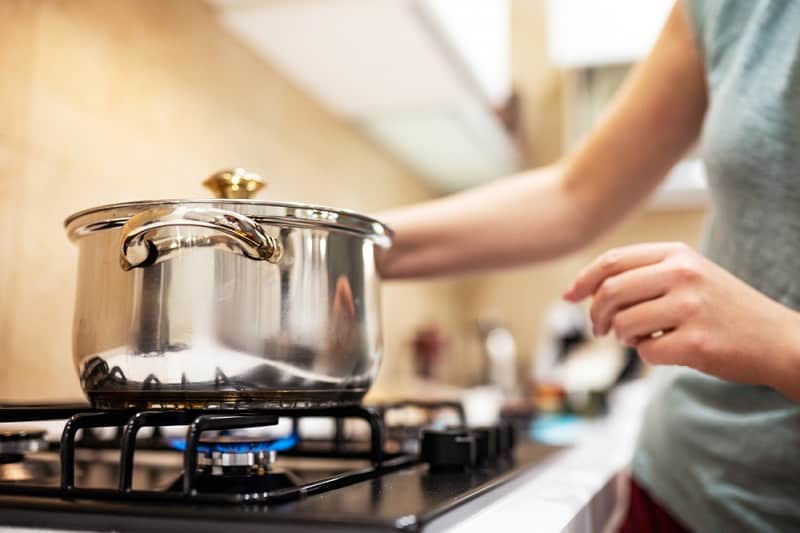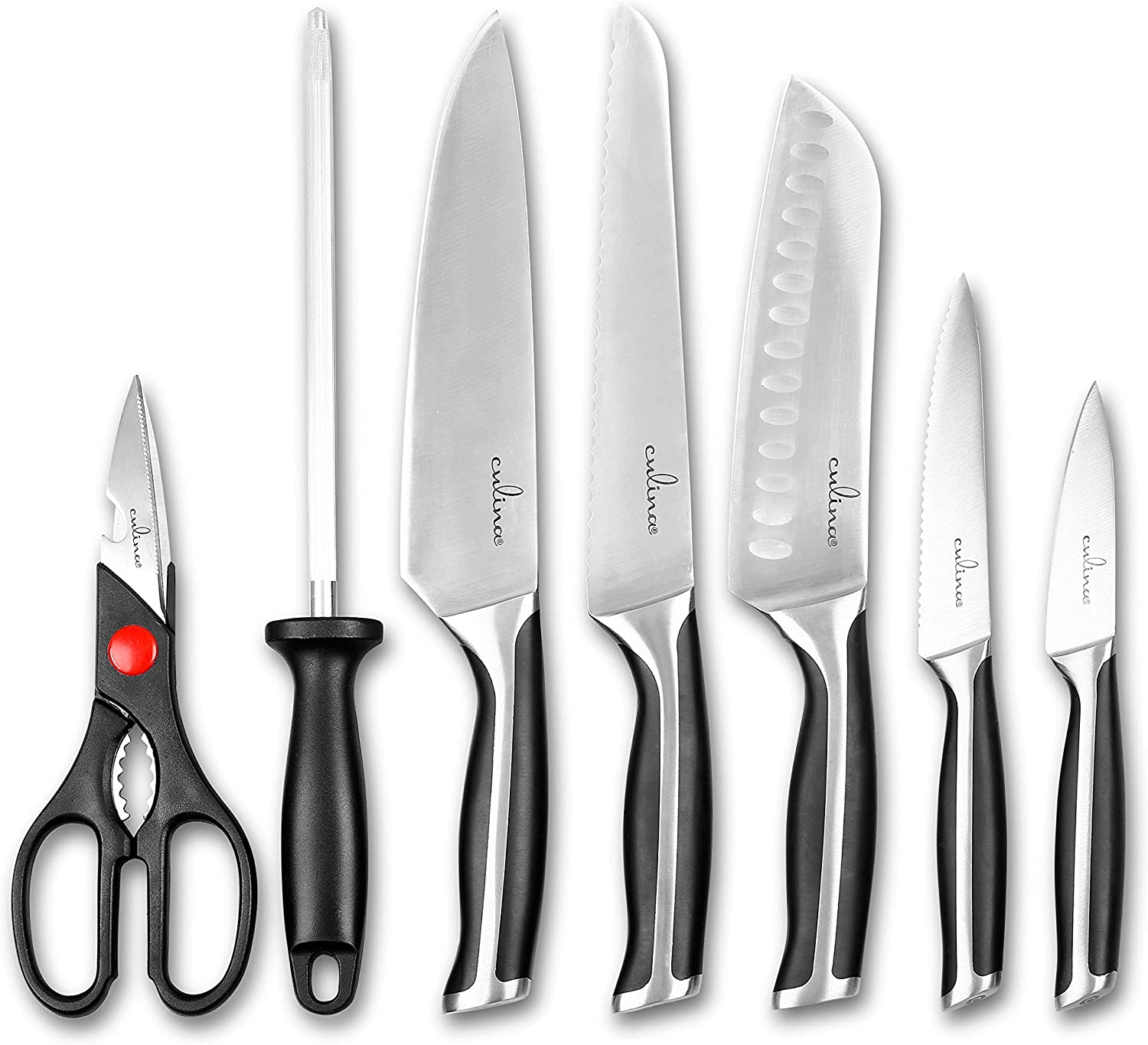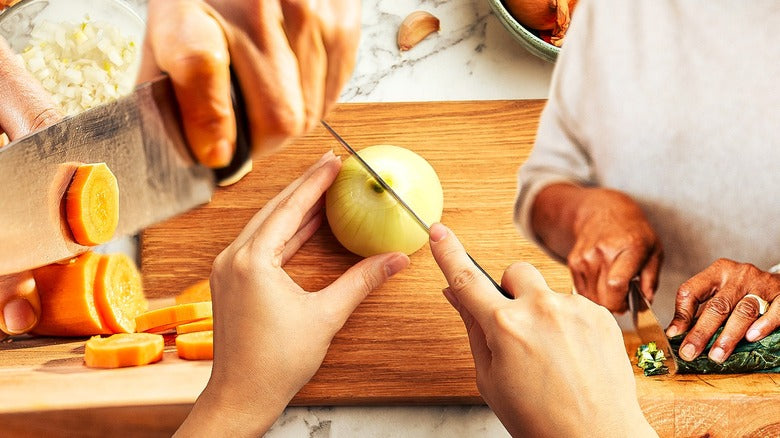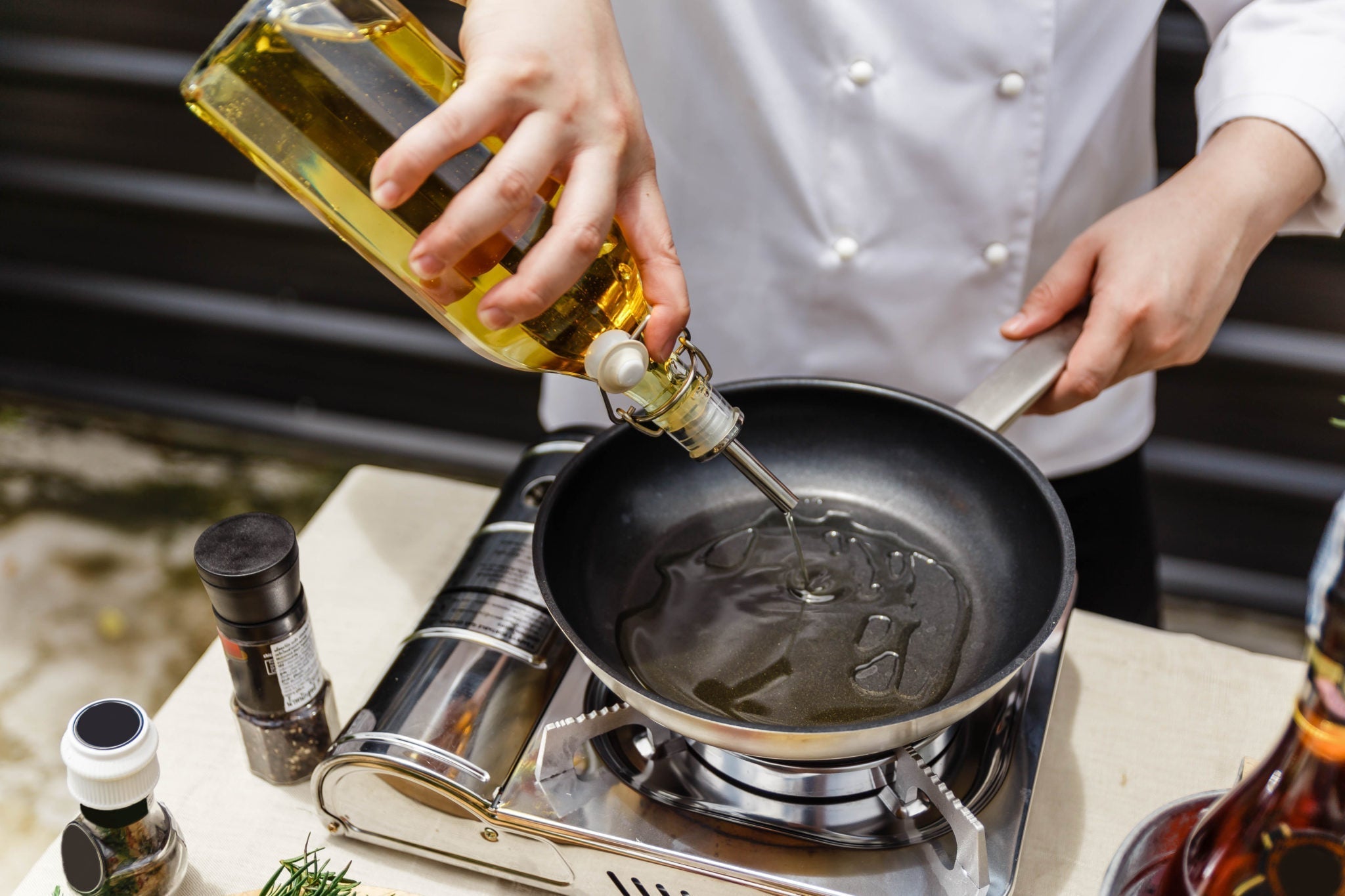If youve ever faced the sticky dilemma of how to remove scrambled egg from saucepan, you are not alone. Scrambled eggs can cling viciously to your pan, creating a frustrating clean-up experience that can test your patience. But fear not, kitchen professionals! With the right techniques and tools, you can easily get your saucepan back to its shining glory.
Ethical chefs often focus on quality and precision, which starts with keeping your tools in prime condition. Lets dive into some remarkable tips and tricks that can transform the way you handle this common kitchen quandary!

Understanding the Scrambled Egg Dilemma
Before we jump into solutions, its vital to understand why scrambled eggs stick to the saucepan in the first place. The combination of heat, proteins, and dense texture can make the dish adhere tightly to the cooking surface. Non-stick pans are excellent, but even they can fall victim to such sticky situations.
Essential Tools for Cleaning
Having the right tools on hand can drastically enhance your cleaning experience. Heres a list of essential items you should keep nearby:
- Soft spatula - Perfect for scraping out remnants without scratching your pan.
- Sponge or non-abrasive scrubber - Useful for difficult stains.
- Dish soap - Natural degreasers work wonders!
- Salt - A surprising scrubbing agent provided for gentle abrasion.
- Warm water - To soak the pan for easier cleaning.

Step-by-Step Guide on How to Remove Scrambled Egg from Saucepan
Let's break it down step by step:
Step 1: Let It Soak
After youve finished cooking, avoid immediate cleaning. Fill the saucepan with warm water and add a few drops of dish soap. Let it soak for at least 15 minutes. This will help loosen any stubborn bits of scrambled egg.
Step 2: Gently Scrape
After allowing it to soak, use a soft spatula to gently scrape off the egg residue. Make sure you are not scratching the surface of your saucepan. For non-stick surfaces, be particularly cautious.
Step 3: Scrub with Caution
Using a non-abrasive sponge, gently scrub the area where the egg was stuck. Adding some salt can create a mild abrasive effect, which helps in loosening any left behind fragments.
Step 4: Rinse and Dry
Once youve successfully removed all traces of scrambled eggs, rinse the saucepan under warm water. Finish off by drying it with a clean cloth or let it air dry to avoid spots.
:max_bytes(150000):strip_icc()/__opt__aboutcom__coeus__resources__content_migration__simply_recipes__uploads__2020__02__HTC-White-Rice-Method-2-79b7400defdf4e08aacf9580cf44d87e.jpg)
Shocking Clean-Up Techniques
Have you ever tried the baking soda method? It can be a real game changer. Simply sprinkle some baking soda into the pan, add a bit of water, and let this create a paste. With the help of warm water, this combination can dissolve leftover egg particles deep within the pan.

Prevention Tips for Future Cooking
To avoid your scrambled eggs from sticking to the pan in the future, consider the following:
- Use adequate heat: Cooking on too high of heat can cause eggs to stick more readily.
- Preheat wisely: Ensure your pan is adequately preheated with oil or butter before adding your eggs.
- Choose the right pan: Non-stick pans work wonders for scrambled eggs; consider investing in a quality saucepan like this non-stick saucepan.
Common Mistakes to Avoid
Weve all made cleaning mistakes. Here are some common ones to steer clear from:
- Using metal scrubbers on non-stick surfaces, which scratch and damage.
- Letting egg residue dry before attempting to cleanits much harder.
- Overusing the dishwasher, which can dull the surfaces over time.
Frequently Asked Questions
What is the best pan for cooking scrambled eggs?
Non-stick pans are excellent for scrambled eggs due to their surface that prevents sticking, making it easier to cook and clean.
Can I use vinegar for cleaning my saucepan?
Yes, vinegar acts as a natural cleaning agent. Applying vinegar diluted with water can help remove stains and build-up on your saucepan.
How do I prevent sticking when cooking?
To prevent sticking, make sure to preheat your saucepan with adequate fat like butter or oil before adding the eggs.
Conclusion
Knowing how to remove scrambled egg from saucepan is a vital skill for anyone working in the kitchen. With these tips and techniques, you can maintain the quality of your cookware and enjoy a less stressful cooking experience. Remember, prevention is key!
If youre interested in more kitchen tips, check out our blog on keeping rice warm or learn what not to put in your saucepan. You can also explore pouring techniques for better results.
As an Amazon Associate, I earn from qualifying purchases.






Leave a comment
This site is protected by hCaptcha and the hCaptcha Privacy Policy and Terms of Service apply.